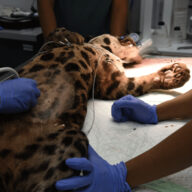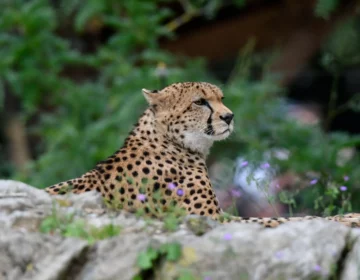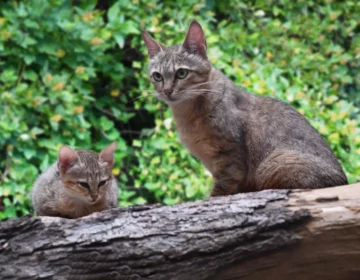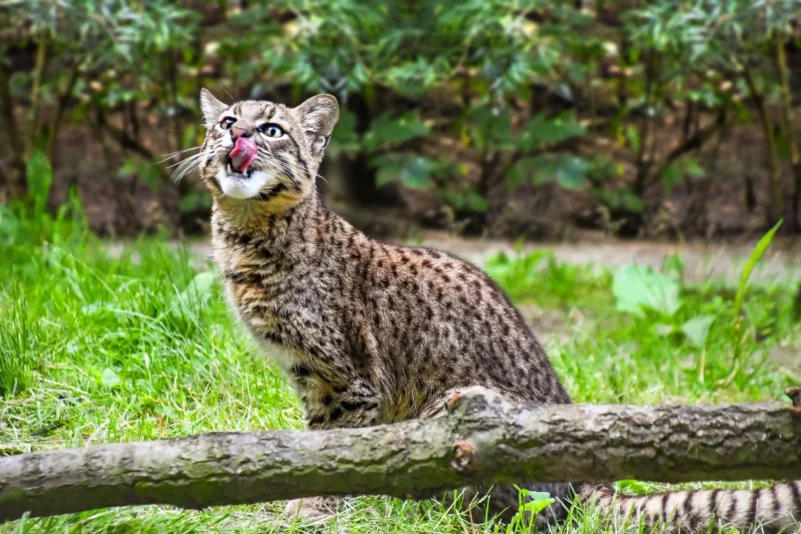
Argentine ocelot
Leopardus geoffroyi
Argentine ocelot
APPEARANCE
The Argentine Ocelot is a relatively small cat, sized like a large domestic cat. The color of his fur and size are variable. The fur is grey to fawn with small regular spots that tend to form stripes on the limbs, and its belly is white. Two dark tear-shaped streaks on the cheeks, small triangular dark spots under the eyes, as well as the absence of rosettes, are particular features of this cat. There are several longitudinal dark stripes on the neck and the back of the ears are black with a central white spot. The Argentine ocelot’s tail is shorter than in other small cats, and his head is slightly flattened. Melanistic forms are quite common.
DISTRIBUTION AND HABITAT
The ocelot is found in Argentina, Bolivia, Brazil, Paraguay and Uruguay. It inhabits the pampas and savannas of the Gran Chaco from southern Bolivia to the Strait of Magellan, at altitudes from sea level to 3800 m in the Andes.
The Argentine Ocelot can occur in a wide variety of habitats, preferring areas with dense vegetation, native forests, away from roads, and near fresh water. It does not inhabit rainforests, and most of its range is dry or semi-desert. It is found in pampas grasslands, swamp meadows, deciduous forests, dry and shrubby woodlands, wetlands and riparian forests, coastal areas, and savannas.
BEHAVIOUR
The Argentine Ocelot is a loner and spends most of its time on the ground, although it can also climb well. During the day he enjoys resting in bushes or in tree hollows. These cats are usually active in the evenings and at night, but not exclusively.
FOOD
His diet varies from region to region and often includes aquatic and semi-aquatic animals such as fish, amphibians and water snakes. It feeds mainly on small rodents and birds (including waterfowl), as well as rodents and rabbits.
MAIN THREATS
Retaliatory hunting habitat loss and fragmentation are considered the main threats. Livestock farming and agriculture are widespread in many regions of South America, leading to habitat changes such as desertification due to overgrazing, which can also negatively affect prey populations of the Argentine ocelot.
